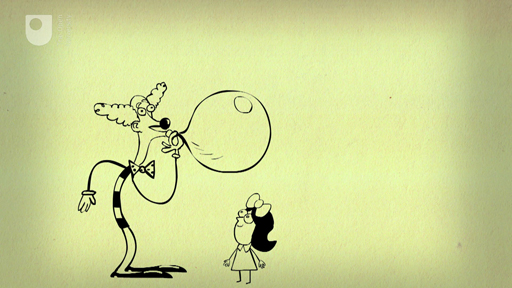3.1 The Big Bang
What is the Big Bang and just how big was it?

Transcript
Scientists have observed that the galaxies in the Universe appear to be moving away from each other. If it were possible to wind time backwards, 13.7 billion years ago, all the galaxies would seem to have come from a single, compacted, super dense region – or singularity.
The singularity expanded and cooled to become every thing in the Universe. It is also important to realise that all the matter in the Universe was created in this instant. Since then, matter has changed form, but no extra matter has been formed. This is the Big Bang theory.
One way of envisaging the expansion of space is to think about the surface of a balloon, with galaxies drawn on its surface. As the balloon is blown up, the galaxies appear to move away from each other. What is happening is that the space between the galaxies is expanding. The distance from the surface of the balloon to its centre is a measure of time. When the Universe starts, the balloon has zero size, and as time goes on, the balloon gets bigger. Because all of space was ‘contained’ in the singularity, the Big Bang happened everywhere in space simultaneously.
The Big Bang theory is illustrated on the History of the Universe Timeline. [Tip: hold Ctrl and click a link to open it in a new tab. (Hide tip)]
Next, you’ll consider whether the Universe will keep on expanding forever.
